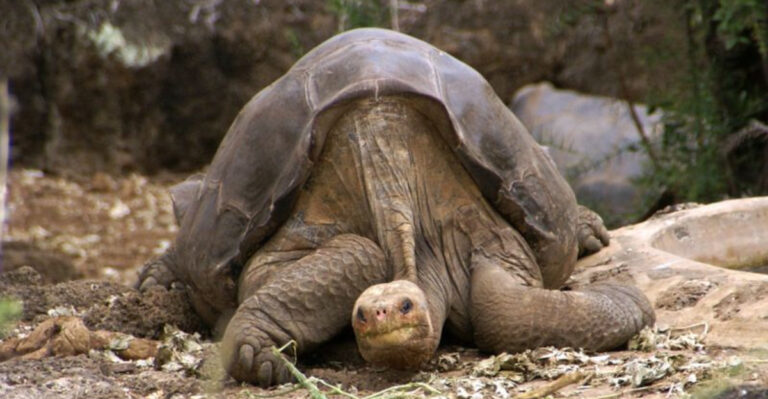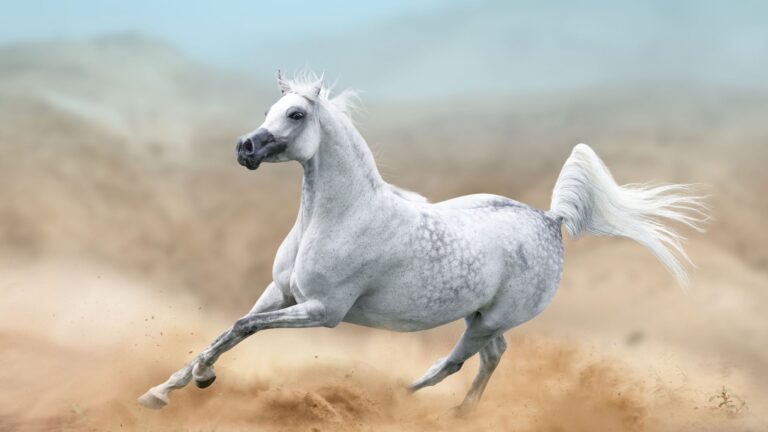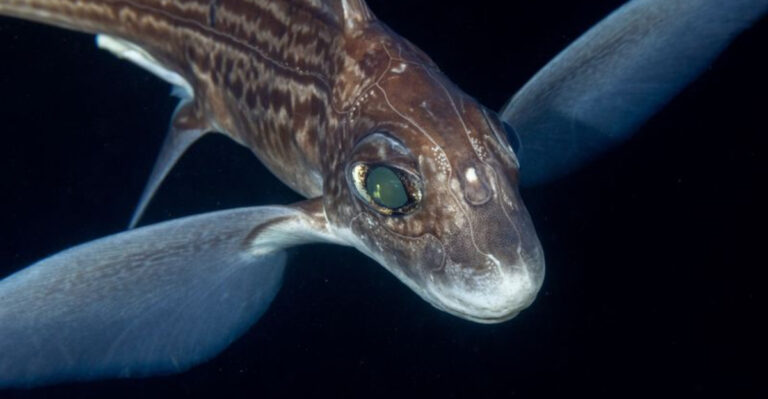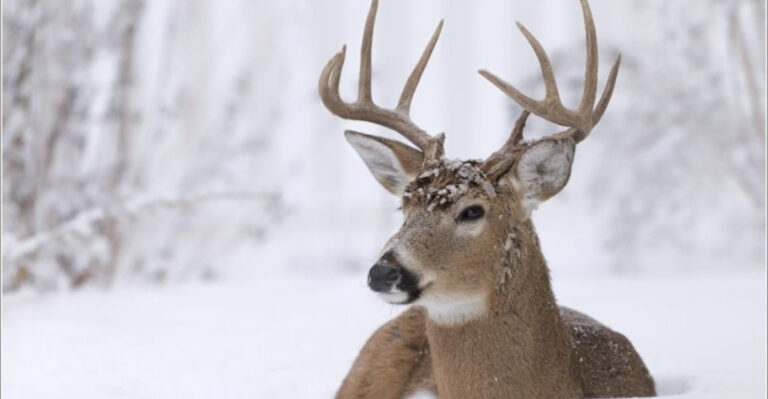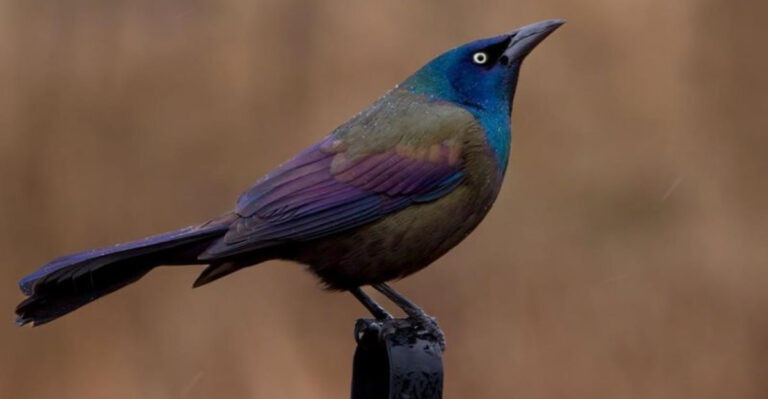11 Mind-Blowing Animal Facts You Need To Know
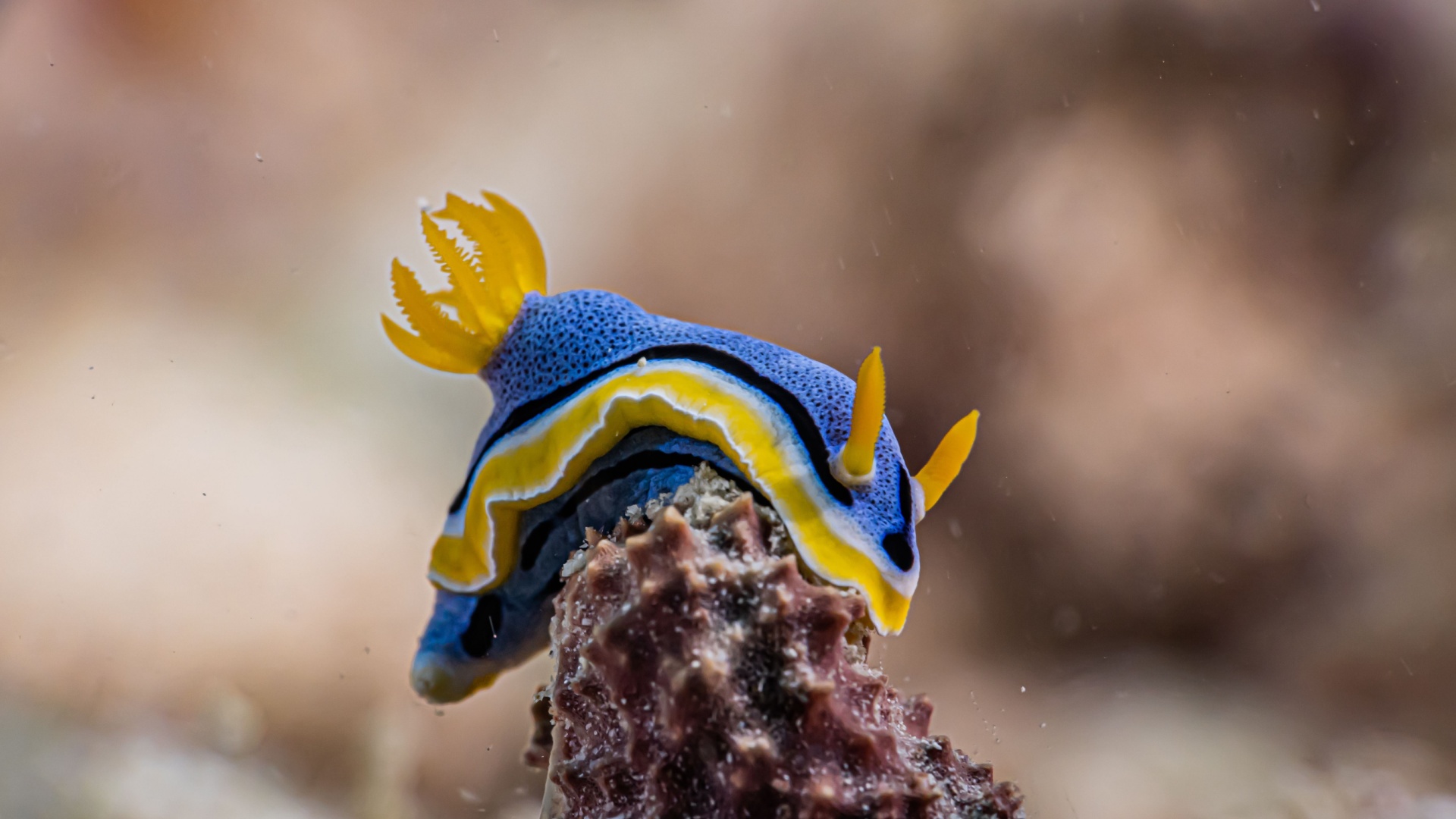
Prepare to embark on a wild adventure exploring the animal kingdom’s most astonishing secrets. These captivating creatures boast abilities and behaviors that challenge our understanding of nature.
From extraordinary survival tactics to unique anatomical features, these facts will expand your perception of the animal world.
So, let curiosity lead the way as we delve into these mind-blowing animal facts, guaranteed to provoke thought and inspire wonder. Let’s get started!
1. Blood-Squirting Eyes
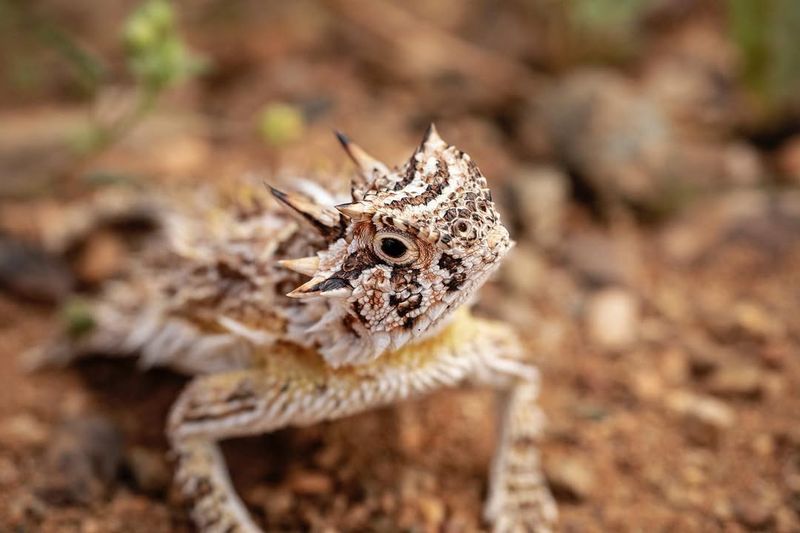
In the arid deserts, horned lizards have developed a rather peculiar defense mechanism. When threatened, these spiky creatures can squirt blood from their eyes, confusing and deterring predators.
This blood-squirting spectacle is not just for show; it’s a calculated survival tactic.
Interestingly, the blood contains chemicals that are distasteful to predators, making them rethink their choice of meal. While this might sound like a superhero power gone awry, for the horned lizard, it’s just another day in the wild.
2. Polar Bears Have Black Skin
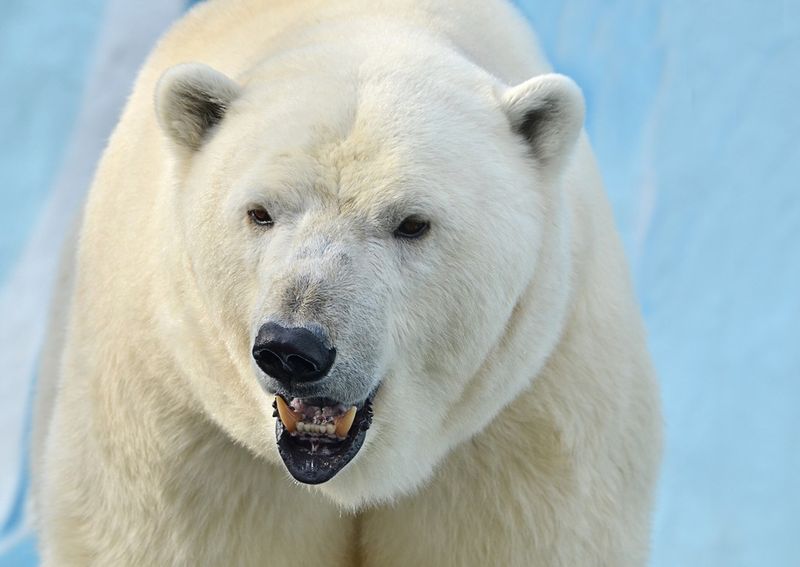
Beneath their iconic white fur, polar bears hide a surprising secret – their skin is actually black. This dark hue helps them absorb heat from the sun, vital for survival in frigid Arctic environments.
The white fur acts like a solar filter, channeling warmth to the skin.
While their snowy coats provide camouflage against the ice, the black skin ensures they stay toasty. It’s a clever adaptation to the cold, ensuring these majestic creatures remain kings of the Arctic.
3. Frogs That Freeze Themselves For Months
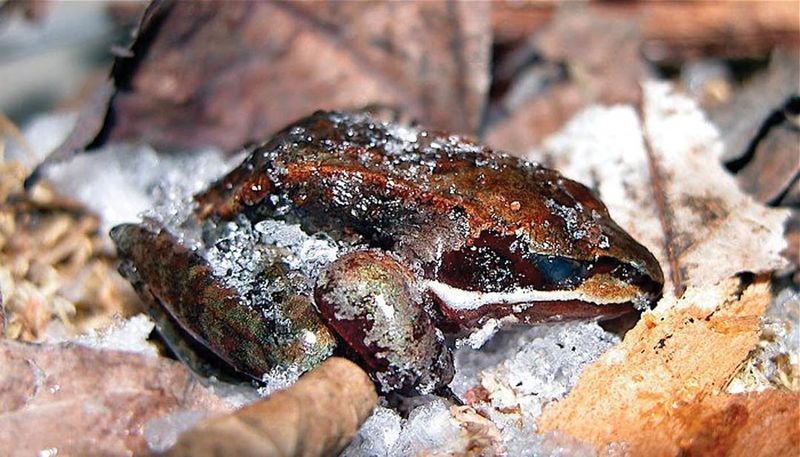
Imagine taking a winter nap and waking up unscathed months later. Wood frogs do just that, freezing their bodies entirely during the icy months.
Their heart stops, and they don’t breathe, yet they emerge alive in spring. This remarkable feat is thanks to glucose acting as a natural antifreeze, protecting their organs from damage.
Talk about an icy reception to winter!
4. Male Seahorses Get Pregnant And Give Birth
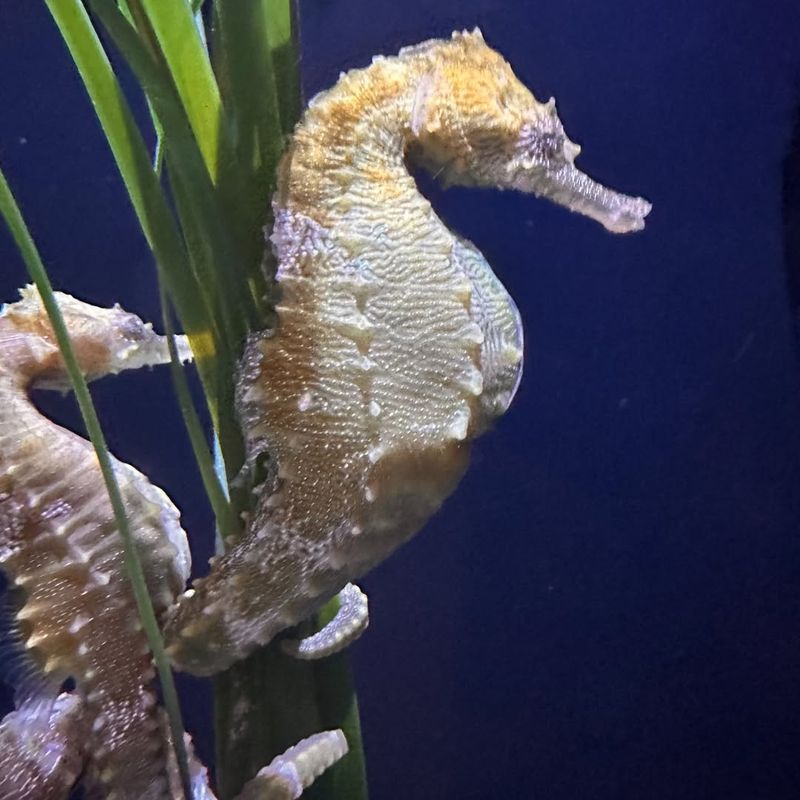
In the underwater world, male seahorses take on an extraordinary parenting role. Unlike most species, male seahorses become pregnant and give birth.
They carry the eggs in a specialized pouch, fertilizing and nurturing them until they hatch.
This fascinating reversal of reproductive roles challenges traditional gender norms in the animal kingdom. Such a unique birthing process makes seahorses one of the ocean’s most intriguing creatures, proving that sometimes, dads really do it all.
5. Regrowing Eyes
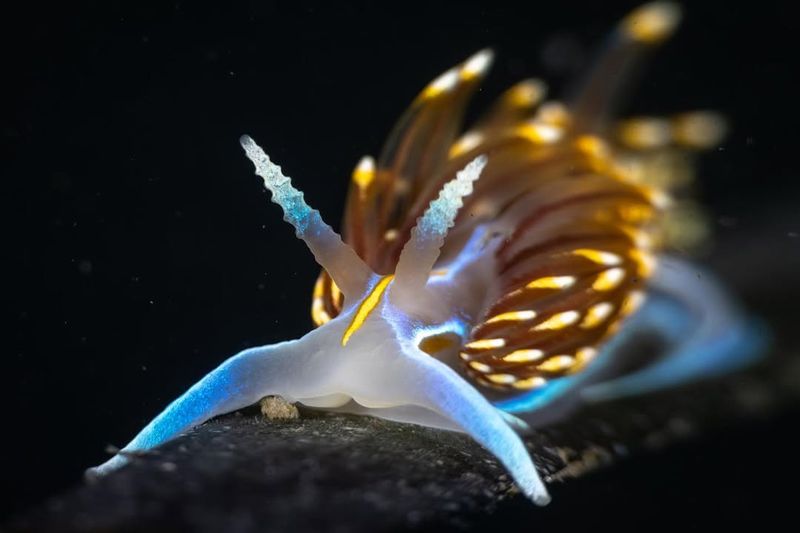
Imagine being able to regrow your eyes! Sea slugs possess this astonishing ability.
If they lose an eye, they can regenerate it – a handy adaptation in the perilous ocean depths. This regenerative power showcases the incredible resilience and adaptability of these slugs.
It’s a vivid reminder of nature’s ingenuity, crafting solutions for survival challenges.
6. Some Snakes Can Fly
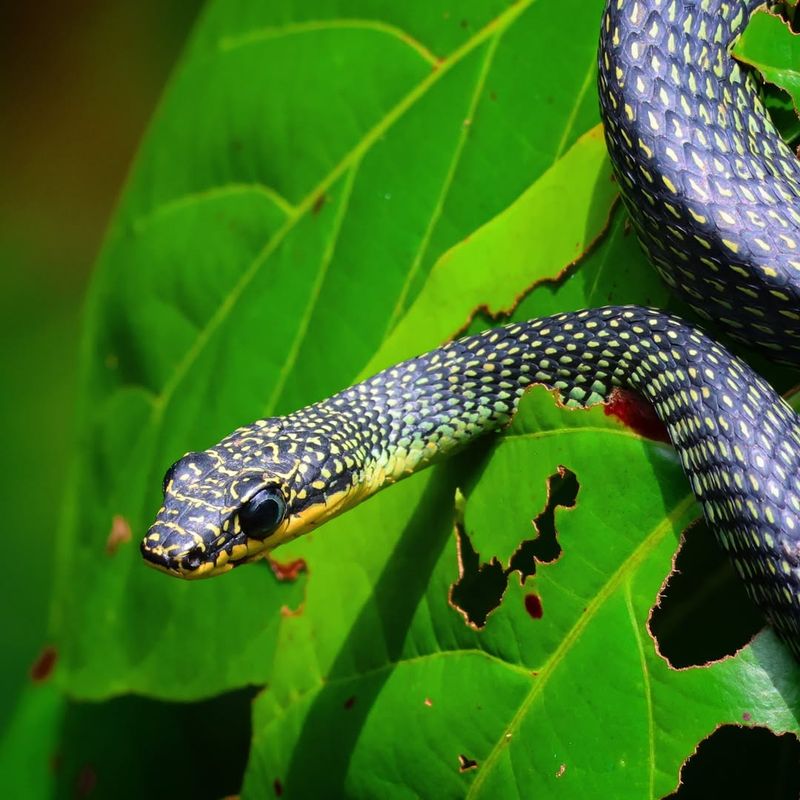
Snakes that fly might sound like something out of a fantasy novel, but certain species in Southeast Asia do just that. Through a process called gliding, snakes flatten their bodies and launch from tree branches, gliding from one to another.
This unique form of locomotion allows them to move with agility in dense forests.
While they don’t truly fly, their airborne antics are a marvel of nature’s engineering. Who needs wings when you’ve got style?
7. Flamingos Aren’t Pink
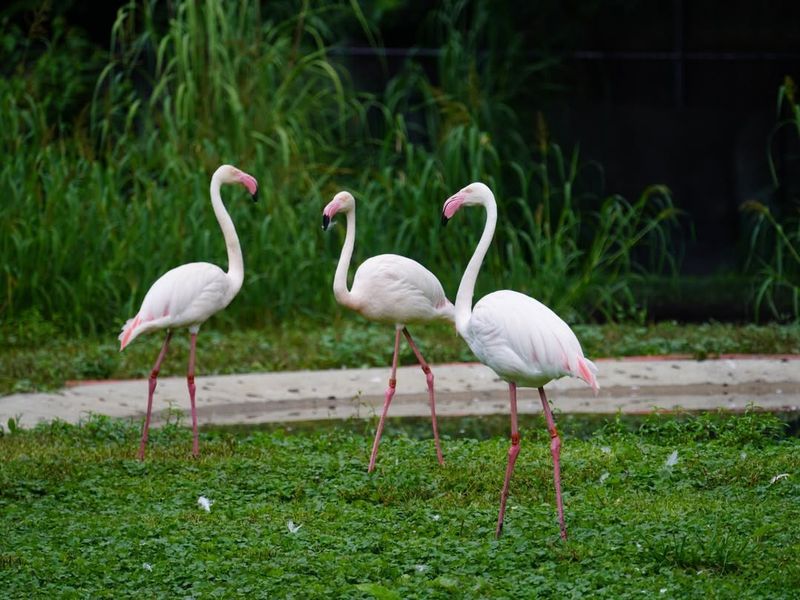
Flamingos are famous for their pink feathers, but they aren’t born this way. These majestic birds start life sporting gray plumage. It’s their diet that paints them pink!
Consuming beta-carotene-rich foods, like shrimp and algae, gradually turns their feathers vibrant pink.
This color transformation is a testament to the adage ‘you are what you eat’. Flamingos, with their diet-driven hue, remind us that beauty often comes from within.
8. Immortal Jellyfish
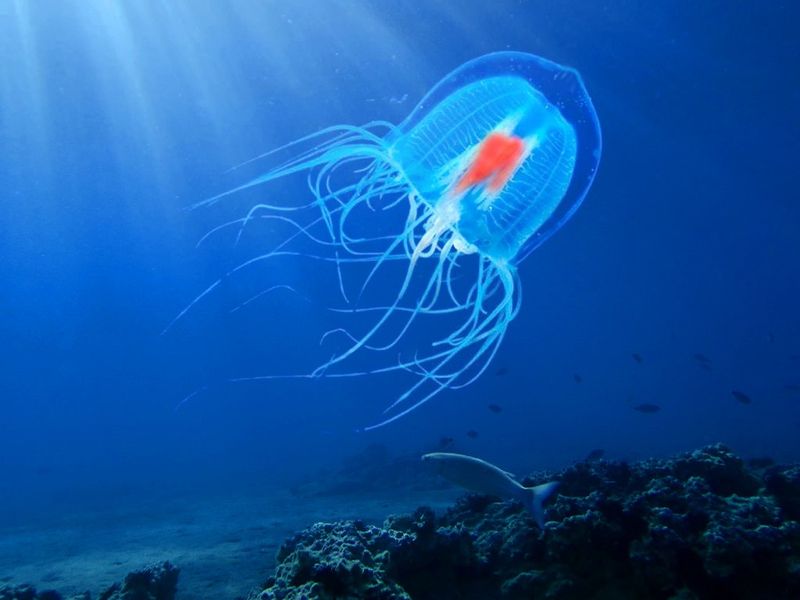
Defying the natural aging process, the Turritopsis dohrnii, known as the immortal jellyfish, has the ability to revert to its juvenile form. When faced with stress or injury, it undergoes a cycle of regeneration, essentially turning back time.
This biological phenomenon allows the jellyfish to potentially live indefinitely, barring predators or disease.
It’s the closest thing to immortality in the animal kingdom, reminding us of nature’s limitless ingenuity. Could this be the key to eternal youth?
9. Sharks Can Live For Centuries
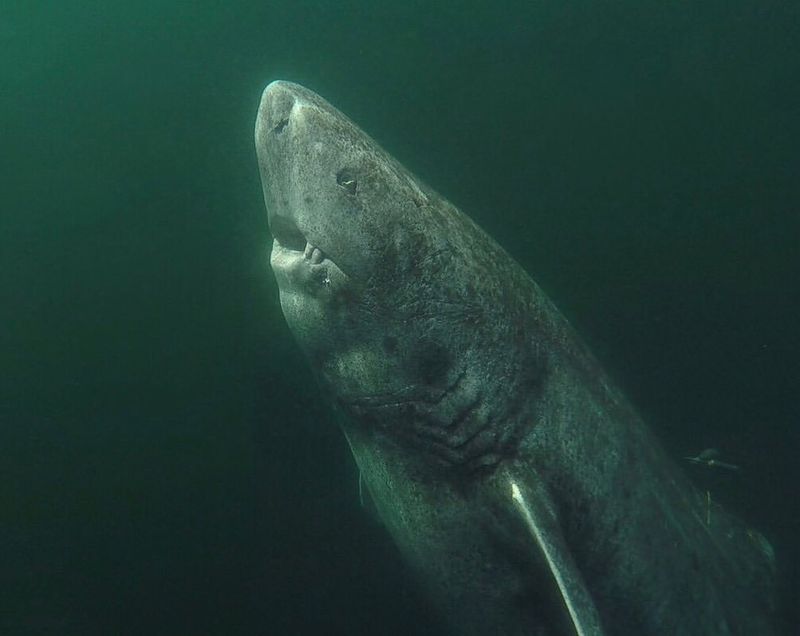
Greenland sharks are the Methuselahs of the sea, with lifespans reaching up to 400 years. These ancient mariners grow slowly, and their longevity is a subject of scientific fascination.
Their slow metabolism and cold-water habitat contribute to their extended life, offering insights into aging processes.
This impressive lifespan places them among Earth’s longest-living vertebrates, a testament to their resilience. Who knew sharks could outlive generations?
10. Octopuses Have Nine Brains And Three Hearts
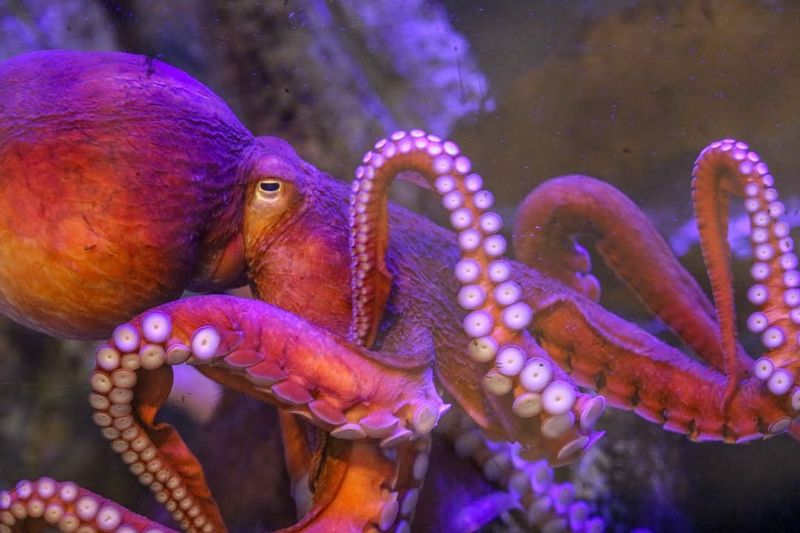
Sporting not one, but nine brains, these cephalopods have a central brain and eight smaller brains for each arm. This network allows for remarkable coordination and intelligence.
In addition, they possess three hearts, two for pumping blood to the gills and one for the rest of the body.
Such an intricate design demonstrates the marvels of evolution, making octopuses among the most fascinating ocean dwellers. A true masterpiece of nature!
11. Color-Changing Eyes
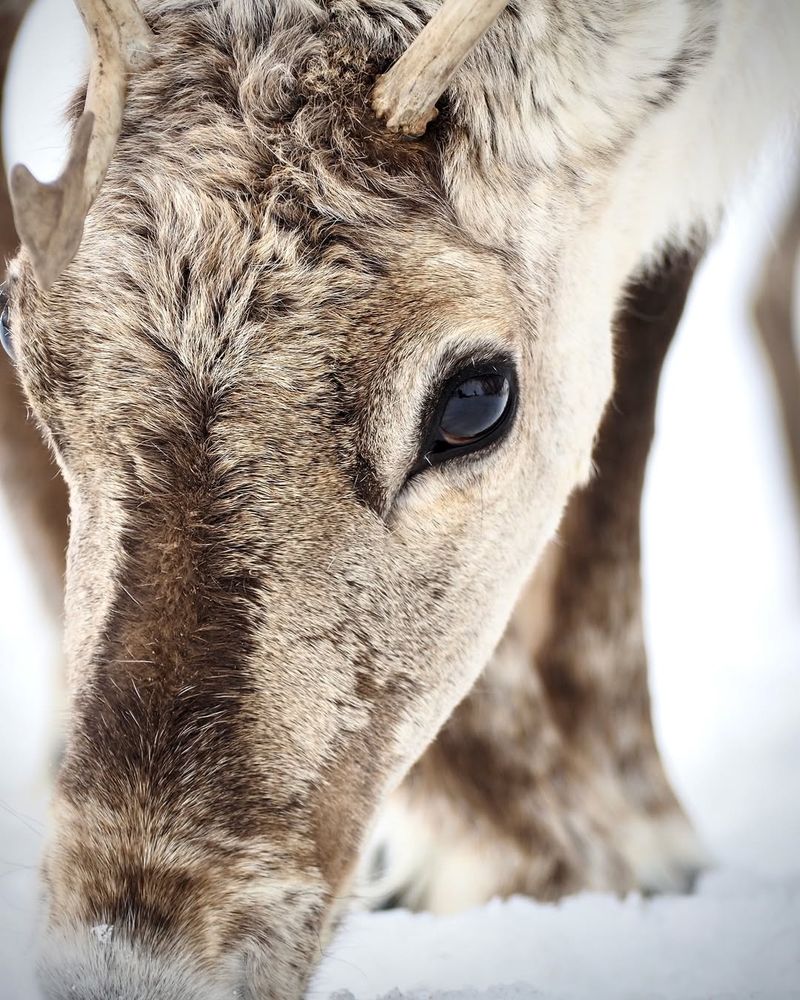
Reindeer, the Arctic’s resilient trekkers, have a magical adaptation – their eyes change color with the seasons. In summer, their eyes are gold, reflecting abundant light, while in winter, they turn blue to capture the scarce light.
This transformation enhances their vision in extreme conditions, a critical adaptation for survival.
Such a seasonal spectacle illustrates the wonders of nature’s adaptability, turning the reindeer’s eyes into a true work of art. It’s more than meets the eye!

